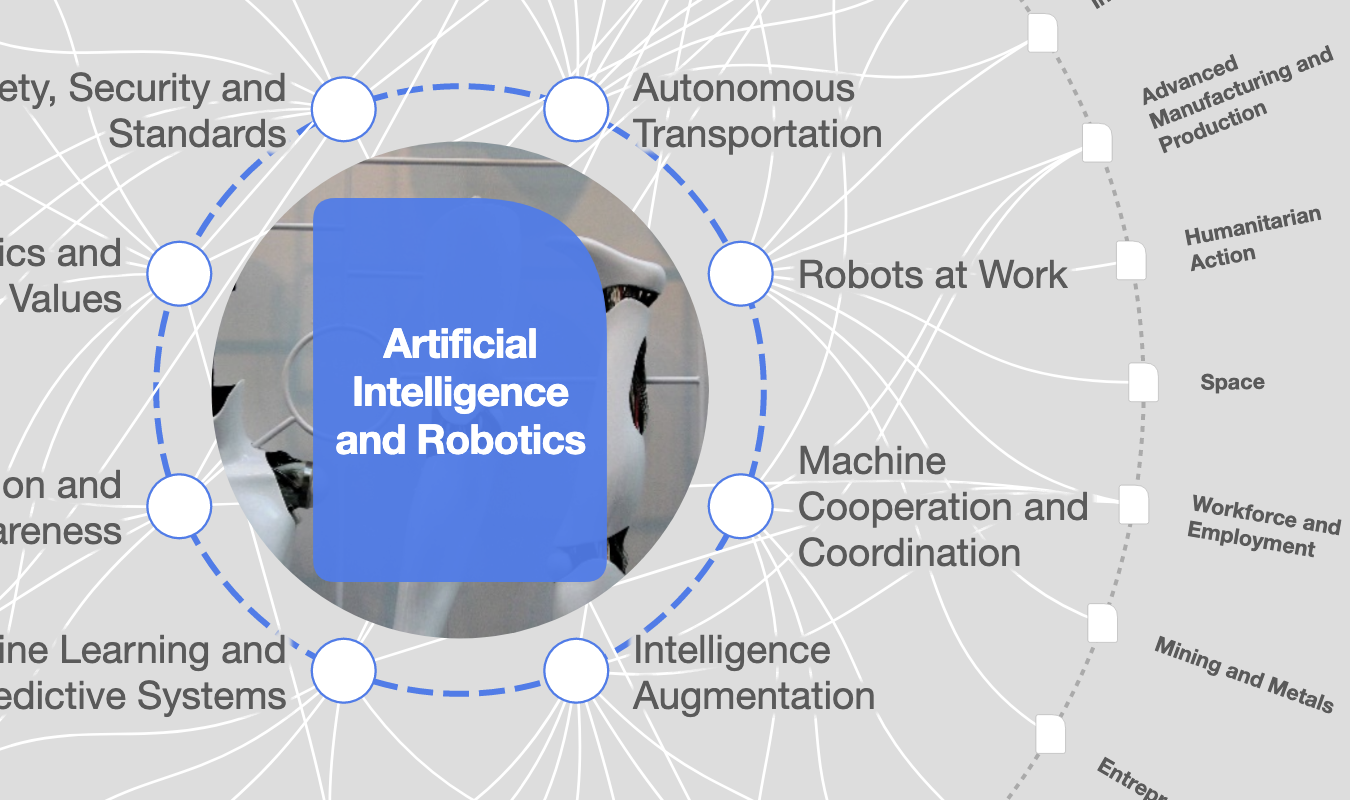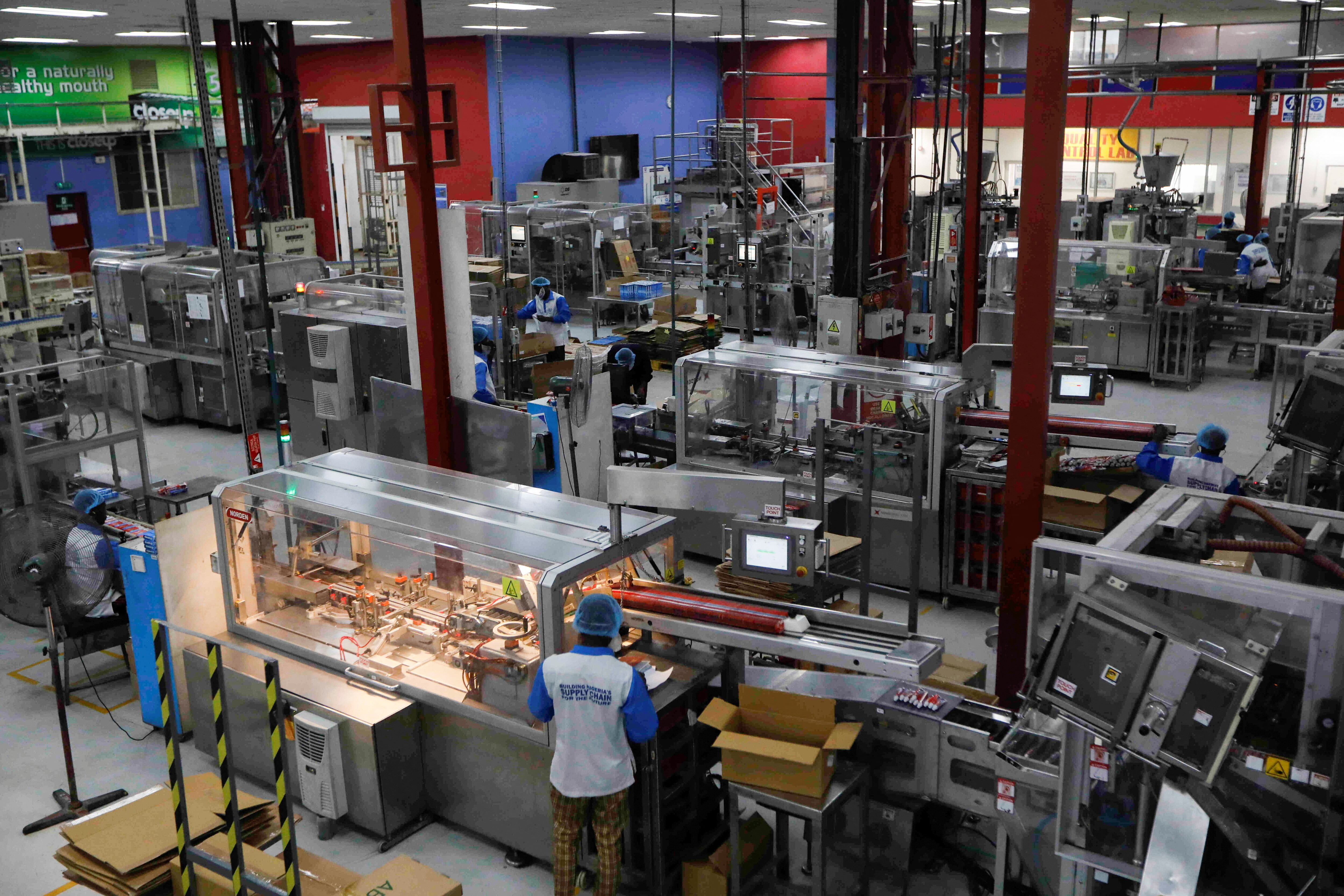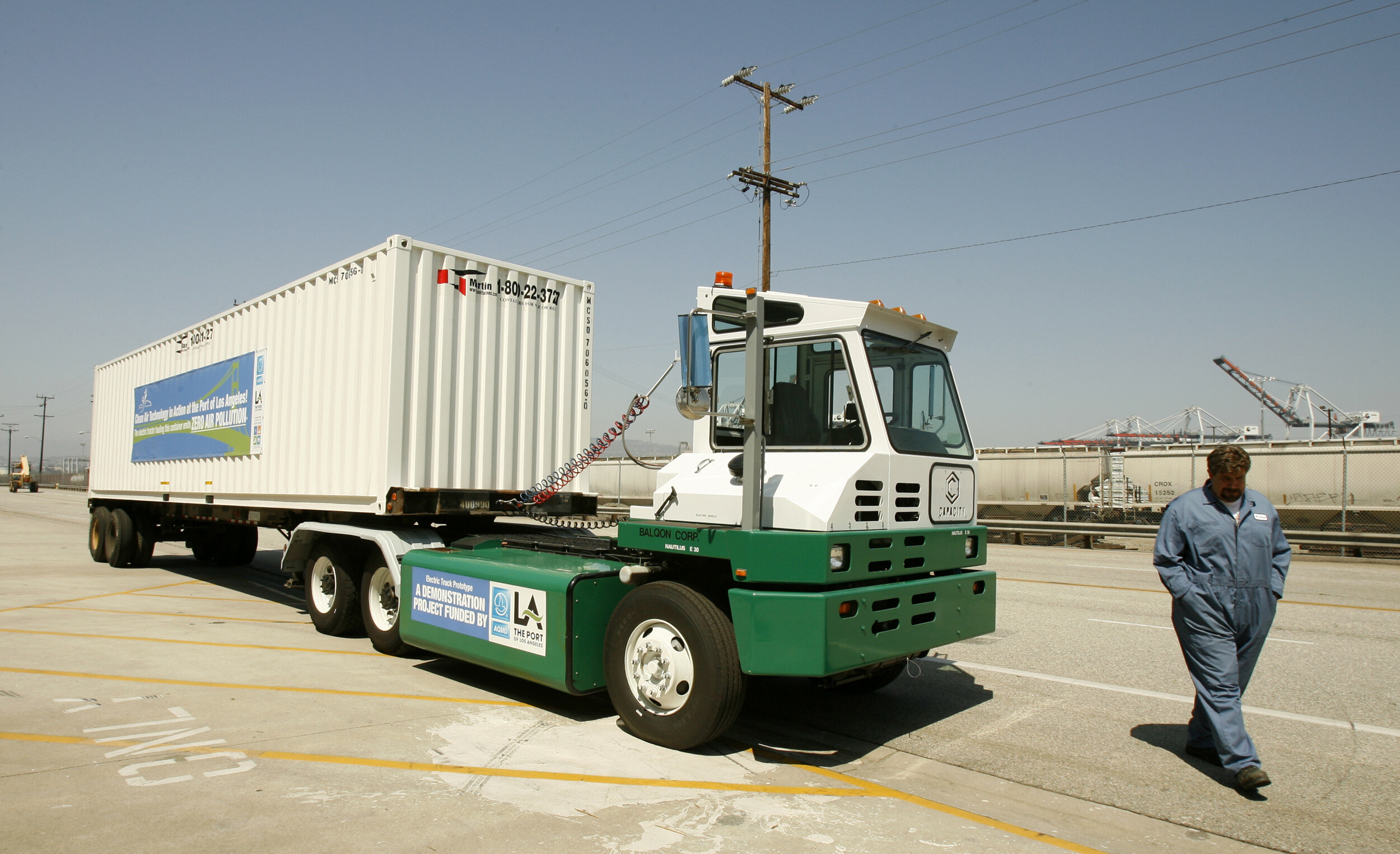AI Agents at work: How to select the right type of AI agent for your organization

There is no one-size fits all when it comes to AI agents in the workplace. Image: Simon Kadula/Unsplash
- By 2028, 33% of enterprise software applications are predicted to include AI agents.
- Roughly 90% of businesses see agentic AI as a potential source of competitive advantage.
- As the prevalence and impact of AI agents rise, the importance of understanding and selecting the right model will rise too.
Agentic artificial intelligence (AI) is the latest transformative offshoot of AI’s generative capabilities.
By 2028, 33% of enterprise software applications are predicted to include AI agents, enabling 15% of work decisions to be autonomous. Furthermore, up to 90% of businesses see agentic AI as a potential source of competitive advantage – gained through efficiency, enhanced decision making or scalability.
Valued at $5.1 billion in 2024, the AI agent market is estimated to reach $47.1 billion by 2030.

Understanding the AI Agents coming to market
Agents are defined as autonomous systems that perceive their environment, process information and take actions to achieve specific goals. But there’s a growing range of agentic models, with different capabilities, technologies and levels of human engagement.
Whether an enterprise builds its AI agents from scratch or uses one of the existing frameworks, its agent can simultaneously fall into several categories.
Consumer versus enterprise agents
Consumer agents deliver solutions for individual B2C users (chatbots, virtual sales assistants or research and recommendation tools). Their enterprise counterparts are designed to optimize business workflows, decision-making and productivity.
How is the World Economic Forum creating guardrails for Artificial Intelligence?
Virtual AI agents versus embodied AI agents
As outlined in the World Economic Forum report, Frontier Technologies in Industrial Operations: The Rise of AI Agents, virtual AI agents “manage a wide range of software-based tasks, from routine operations and research to advanced analytics and task automation.” Embodied AI, by contrast, “integrates AI into physical systems, such as robots, allowing them to perceive and interact with their environment through dynamic and complex movements.”
Human-in-the-loop (HITL) versus human-out-of-the-loop (HOTL) agents
With HITL agents, people remain active participants in decision-making, providing varying degrees of input, governance and monitoring. HOTL agents act largely independently, with humans mostly or entirely removed from decision-making.
These categories are not mutually exclusive, multiple overlaps are possible. A virtual agent could be a consumer agent with a HITL.
Beyond these broad categories, there are multiple models of AI agents with different characteristics:
Simple reflex agents respond to their environment according to preset rules.
Model-based reflex agents level up the sophistication, using historical data to construct a model of their environment. Agents use this model to make smarter decisions.
Goal-based agents work to achieve specific goals using generative capabilities to consider multiple options before acting.
Utility-based agents prioritize different options according to how beneficial the outcomes are – measured against predefined measures of utility.
Learning agents adjust their actions over time, learning from past experiences to improve output.
Hierarchical agents / multi-agent systems are deployed in multiple layers, where higher-level agents oversee or coordinate the goals and actions of lower-level agents to solve complex tasks.
Organizations deploying AI agents should consider these characteristics when selecting the right type according to operational goals. Key selection considerations should include:
• The environment in which agents will work.
• How agentic performance will be monitored.
• The level of interaction between AI agents and humans.
Is agentic AI the right solution?
Currently, there’s no AI agent or system to which organizations can hand over the keys to optimize entire end-to-end processes.
So, how do you determine if an AI agent is an appropriate evolution of your enterprise’s tech stack?
Typically, traditional automation approaches suit static task rules requiring little or no adaptation or learning or processes with strict logic-based steps requiring producing predictable, reliable and explainable outcomes with little variation. Real-world examples number in the thousands in manufacturing alone, across assembly lines, conveyor systems and sensor-driven quality control (although this space is rapidly embracing agentic AI).
AI agents, meanwhile, thrive where processes are more complex, requiring decision-making and real-time learning in dynamic scenarios, where simple automation isn’t sufficient and an element of autonomy is needed to realize new value.
This brings us to two other key assessment criteria: value and time to value. Companies must model the cost/benefit equation for AI agents before implementation. The upfront investments in agentic solutions can be significant, spanning development, testing, deployment and even personnel recruitment. So, the modelled value and strategic benefit of the agentic solution must outweigh these costs.
And, the return on investment is not instant. Agents don’t arrive fully formed. Setup takes time, with data preparation, systems integration and model training. Even when up and running, optimization is an iterative, learning process. The transformative impact and time to value must be considered in the medium term.
Organizations also need the technical readiness for AI agents. Agents require technical personnel to launch and manage the solution and a firm data foundation. The greater the autonomy, the more important it is to have this data framework to power the AI agents. Businesses also need clear governance protocols to monitor performance and mitigate the risk of hallucinations, which undermine decision efficacy.
A final consideration is scaleability. AI agents are designed to adapt to changing circumstances and are relatively easy to scale. And, while the adaptation process requires re-training and management of the AI model, learning for new scenarios is in its DNA. Traditional approaches tend to be more inflexible when it comes to accommodating complex tasks. There’s less scope for learning and a far greater likelihood of significant manual rework.
An example of a successful agentic deployment is Bank of America’s conversational agent Erica. Launched in 2018 to provide 24/7 support and advice to customers, Erica has helped generate a 19% increase in earnings via significantly improved customer experience and cross-sold services across two billion client interactions.
But this success has been hard-earned over time. The bank has made over 50,000 updates to Erica’s performance since launch.
Introducing agent facilitators
When an organization deploys any AI agent, there are significant potential obstacles to its success. A recent World Economic Forum study, for example, highlighted technological hurdles such as “...siloed applications, legacy systems and limited scalability” as hindering the progress of AI agents in manufacturing.
To overcome such hurdles and create and operate effective AI agents, organizations can call upon several tools. Many big names in the tech space offer facilitating solutions or platforms to establish or enhance an agentic approach.
And, when it comes to establishing the data foundation to shape and manage agents, process Intelligence (PI) is a key enabler, providing a digital twin of business operations. PI harmonizes real-time process data across systems and layers in a business context – process metrics, KPI definitions, process models and more – to form a single source of operational truth and a data foundation to power agentic decision-making. By combining business context, process management and standardized process knowledge, PI keeps agents aligned with company goals, guardrails and governance.
The more autonomy an AI agent can exercise, the more vital it is to power its understanding and analytics with the necessary insights.
Changing the role of humans-in-the-loop
Growth in the deployment of AI agents will, over time, cause the relationship between humans and their AI counterparts to evolve. This is inevitable as the agents move from tools built to automate and manage high volume (low value) tasks to owners and managers of complex operations.
In some instances, the concept of humans-in-the-loop will change. Decision validation or authorization won’t always default to humans. Instead, people will be engaged selectively, when necessary – due to the importance, value, safety implications or atypical nature of a query. Organizations will build cognitive workflows where human interventions don’t become process pinch points that diminish the productivity and analytical gains that AI agents provide.
For now, the concept of humans entirely out of the loop of business-critical processes isn’t realistic. The World Economic Forum report Frontier Technologies in Industrial Operations summarizes this evolution: “The role of humans will be redefined, with workers transitioning from hands-on operators to orchestrators, stepping in when judgment or creativity is required. This shift will boost operational efficiency, allowing humans to focus on strategic tasks and ethical decision-making to drive innovation and growth.”
As the sophistication of AI agents grows and workplaces become more optimized, the degree of machine autonomy will increase. And, as the prevalence of AI agents rise, the importance of understanding and selecting the right model will rise too.
Don't miss any update on this topic
Create a free account and access your personalized content collection with our latest publications and analyses.
License and Republishing
World Economic Forum articles may be republished in accordance with the Creative Commons Attribution-NonCommercial-NoDerivatives 4.0 International Public License, and in accordance with our Terms of Use.
The views expressed in this article are those of the author alone and not the World Economic Forum.
Stay up to date:
Artificial Intelligence
Related topics:
Forum Stories newsletter
Bringing you weekly curated insights and analysis on the global issues that matter.
More on Manufacturing and Value ChainsSee all
Kiva Allgood and Igor Hulak
December 10, 2025







